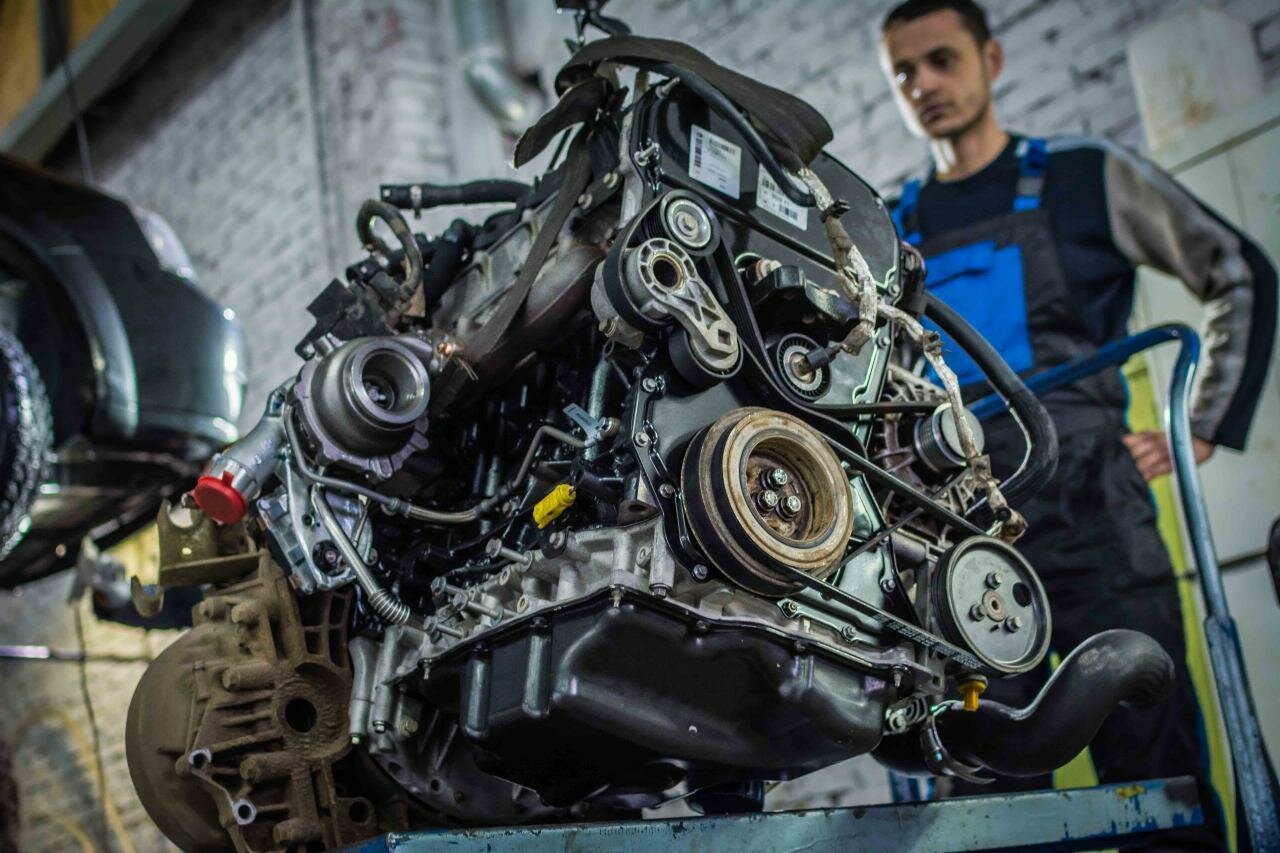Harley-Davidson Twin Cam 103 Engine: A Brief Overview
The Legacy of Harley-Davidson
Harley-Davidson has been a cornerstone of American motorcycle culture since its inception in 1903. Known for its heavy cruisers and iconic V-twin engines, the brand has built a loyal following over the decades. The Twin Cam engine family, introduced in 1999, marked a significant evolution in Harley’s engineering, aiming to provide improved performance and reliability. The Twin Cam 103, launched in 2012, was designed to deliver a balance of power and comfort, appealing to both seasoned riders and newcomers alike.
The 103 cubic inch engine was a step up from its predecessors, boasting a larger displacement and enhanced torque characteristics. This made it a popular choice for touring models, where long-distance comfort and highway performance are paramount. However, despite its robust design and the heritage associated with Harley-Davidson, the Twin Cam 103 has not been without its share of issues.
As riders have taken to the open road, reports of various engine problems have surfaced, raising concerns about reliability and safety. These issues can range from minor inconveniences to serious mechanical failures, potentially impacting the riding experience and overall satisfaction. Understanding these problems is crucial for current and prospective owners, as it can influence maintenance decisions and long-term ownership satisfaction.
In this article, we will delve into the common problems associated with the Harley-Davidson Twin Cam 103 engine, examining their causes, implications, and what riders can do to mitigate these issues. Whether you’re a dedicated Harley enthusiast or considering your first purchase, being informed about these potential pitfalls is essential for ensuring a smooth ride.
Common Issues with the Harley-Davidson Twin Cam 103 Engine
The Harley-Davidson Twin Cam 103 engine has garnered a reputation for its power and performance, but it is not without its flaws. Riders have reported various problems that can affect the engine’s reliability and overall riding experience. Understanding these issues is crucial for any owner or potential buyer.
1. Oil Leaks
One of the most frequently reported problems with the Twin Cam 103 engine is oil leaks. These leaks can originate from several areas, including:
- Cam cover gaskets
- Oil pump seals
- Crankcase gaskets
Oil leaks not only create a mess but can also lead to low oil levels, which may cause severe engine damage if not addressed promptly.
2. Cam Chain Tensioner Wear
The cam chain tensioners in the Twin Cam 103 are known to wear out prematurely. This can lead to a variety of issues, including:
- Increased engine noise
- Timing issues
- Potential engine failure
Regular inspection and timely replacement of these tensioners are essential to avoid catastrophic failure.
3. Fuel System Problems
Fuel system issues can also plague the Twin Cam 103. Common problems include:
- Clogged fuel injectors
- Fuel pump failures
- Fuel line leaks
These issues can lead to poor engine performance, reduced fuel efficiency, and even stalling while riding.
4. Overheating
Overheating is another concern for Twin Cam 103 owners. Factors contributing to overheating include:
- Insufficient cooling system maintenance
- Blocked cooling fins
- Low coolant levels
Overheating can cause severe engine damage and should be addressed immediately.
5. Electrical Issues
Electrical problems can manifest in various ways, including:
- Battery drain
- Faulty wiring
- Malfunctioning sensors
These issues can lead to starting problems and erratic engine behavior, making it crucial to regularly check the electrical system.
Top views |
|
|---|---|
 |
Oil, Timing Chains, Pistons: What Really Kills an Engine Prematurely? |
 |
How to Choose a Car with a Reliable Engine: Used Car Market Hacks That Actually Work |
Symptoms and Consequences
To better understand the issues associated with the Twin Cam 103 engine, the following table summarizes common symptoms and their potential consequences:
| Symptom | Possible Consequence |
|---|---|
| Oil leaks | Low oil levels, engine damage |
| Increased engine noise | Potential engine failure |
| Poor engine performance | Stalling, reduced fuel efficiency |
| Overheating | Severe engine damage |
| Starting problems | Inability to ride |
Being aware of these issues and their symptoms can help riders take proactive measures to maintain their Twin Cam 103 engines and ensure a safer, more enjoyable riding experience.




0 Comments